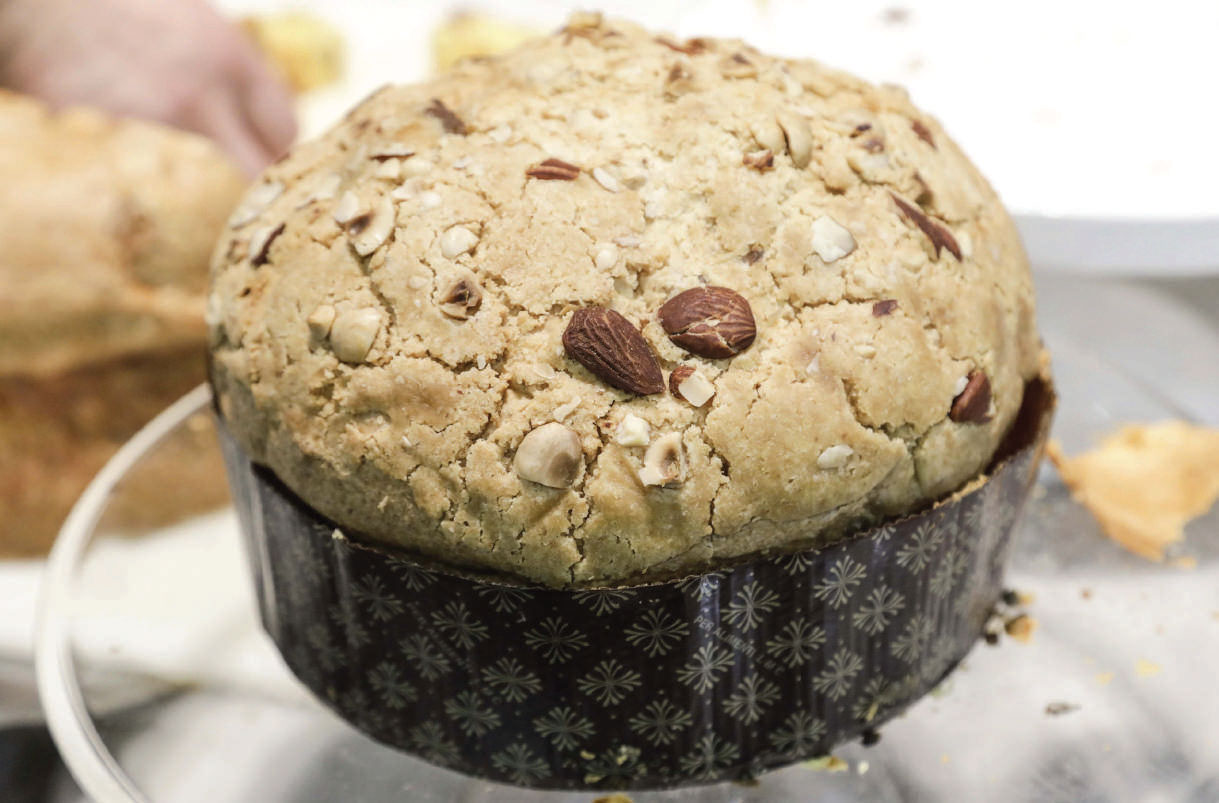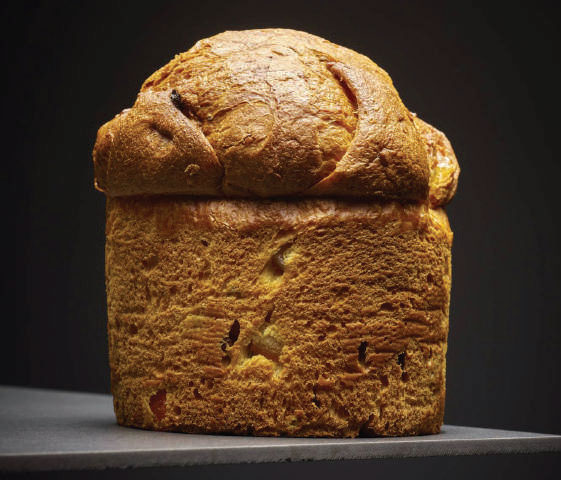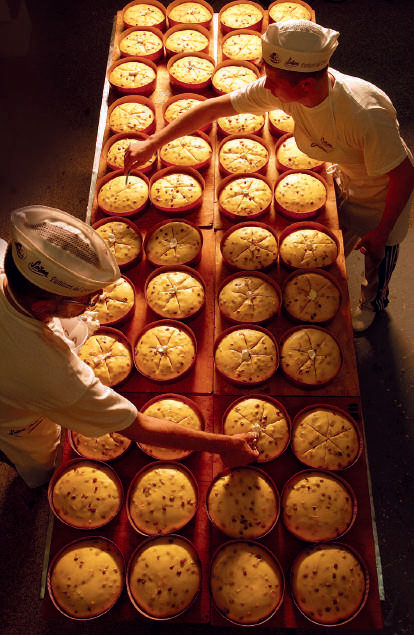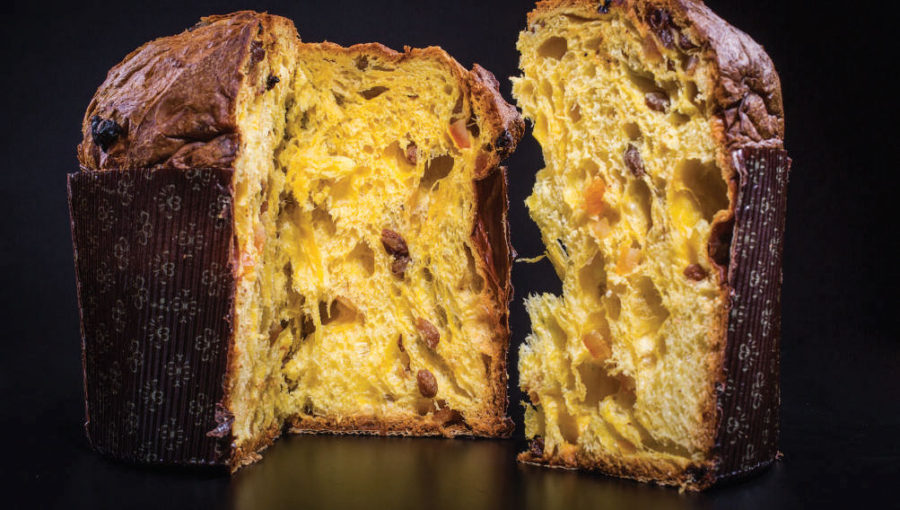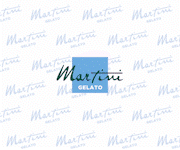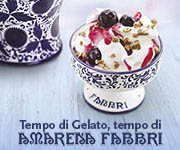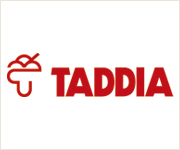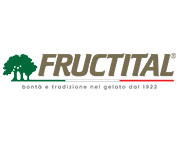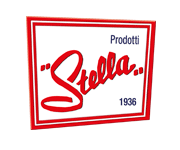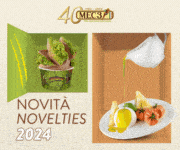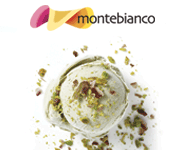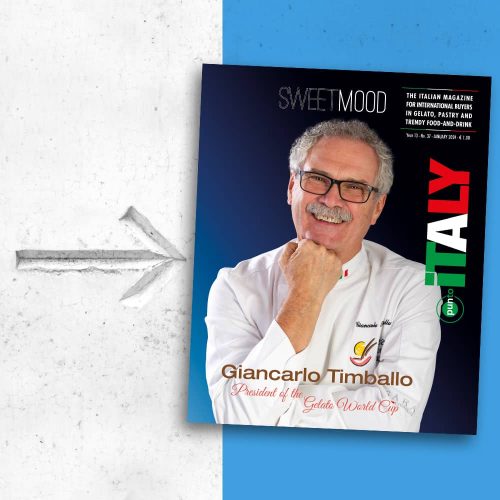Panettone all year round
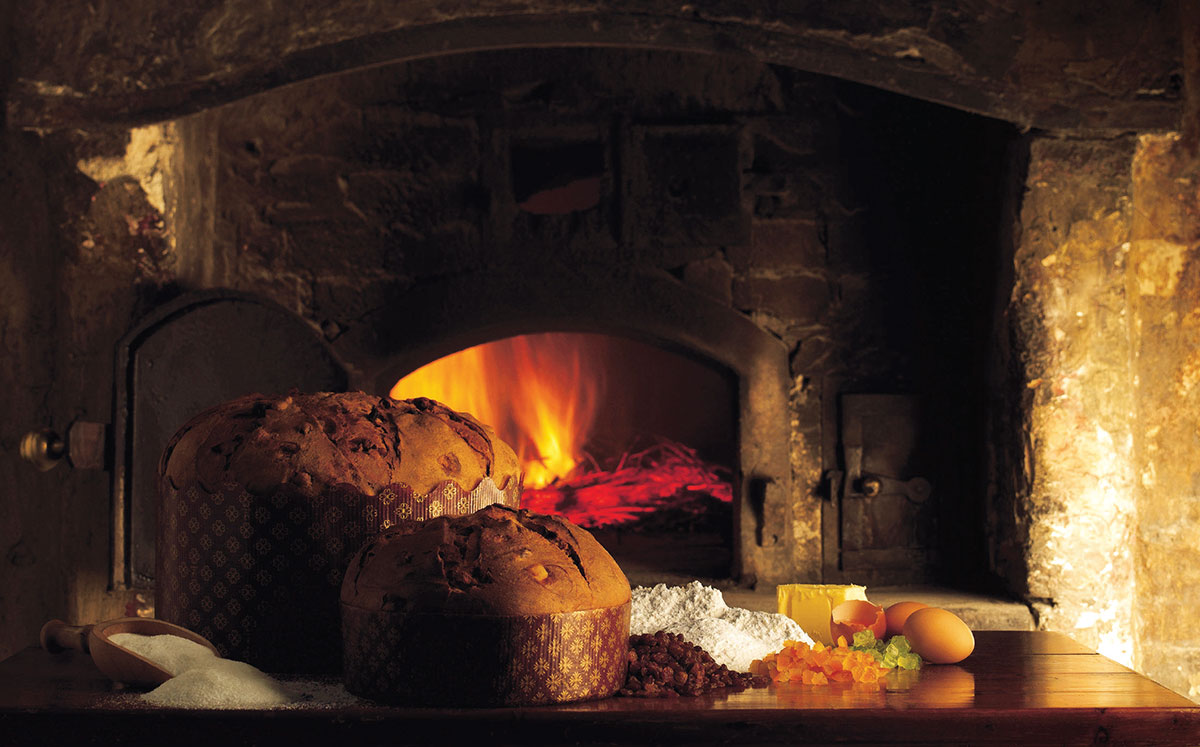
The first panettone, the Italian sweet par excellence increasingly loved and enjoyed abroad, were made in Lombardy, Milan to be exact.
The most substantiated legend is that on Christmas Eve the chef of the kitchen of Ludovico il Moro burned the dessert prepared for the ducal banquet.
The kitchen boy Toni sacrificed the starter dough he had jealously guarded for his festive lunch. He worked it several times with flour, eggs, sugar, raisins and candied fruit until he had a soft and very leavened dough.
The result was so good that Ludovico il Moro gave the sweet the name “Pan de Toni” (Toni’s bread). There is also a more romantic version.
Ughetto degli Atellani, a noble Milanese knight, pretended to be an errand boy of Toni the baker to win over his beautiful daughter Adalgisa.
It was the knight who invented the first panettone recipe out of love, preparing a sweet bread full of raisins and candied orange and citron peel.
In contrast, a third legend tells of a convent of young nuns saddened by the idea of a poor Christmas. One of them, Sister Ughetta (“ughett” in Milanese means “raisins”), then thought of adding sugar, eggs, butter and pieces of citron to the bread dough. Not satisfied, she used a knife to trace a cross on the crust which, when cooked and browned, formed some reliefs.
Aside from the legends, there are traces of the panettone even in Roman times, and according to the jurist Pietro Verri a similar dessert already graced the tables of the rich 13th
century lords. It was the centerpiece of the rite of the “ciocco”, when the head of the family offered large loaves of wheat bread in front of the logs that burned in the fireplace.
We owe a more precise description to Francesco Cherubini, who in 1606 describes “the panatton de Natal” as a kind of wheat bread enriched with eggs, butter, sugar, and raisins.
“The bakers make it for Christmas and for the whole year they call it panattonin”.
And here we have an interesting surprise: in the past the panettone was not just a Christmas sweet but it was eaten all year round.
In summer and winter it was offered in a small format, while at Christmas it weighed over 500 grams.
An important finding for those who in Italy have been fighting for years to have the panettone sold throughout the year.
Abroad, the king of leavened products is successfully sold all 12 months, especially for breakfast.
The traditional sweet of today
Originally, therefore, the panettone was just a big piece of bread, baked without using a mould. In the second half of the 1800s, yeast and candied citron were added.
But the panettone as we know it today didn’t reach the market until the early 1900s. It was Angelo Motta who changed the history of the Milanese sweet when he decided to enrich it with fat, wrapping it with straw paper, to give it a vertical shape. Alemagna also helped to make it famous by experimenting with natural leavening.
The ingredients of traditional panettone, established by an official specification approved in 2003, are: water, flour, sugar, fresh eggs and/or pasteurized yolks, milk, cocoa butter, butter, raisins, candied orange peel, candied citron, natural yeast and salt. Other ingredients allowed are: honey, malt and malt extract, vanilla and natural flavourings.
The characteristics defined by the specification impose the typical cylindrical shape, the soft dough made with 20% of raisins, candied orange peel and citron and 10% of fat mass.
Moreover it is mandatory that the leavening be natural and the upper crust must not be uniform but cut, in technical language “scarpata”.
The different phases include:
• Preparation of starter.
• Preparation of leavening dough.
• Shaping, which includes breaking into pieces; “pilatura”, i.e. the rounding of the portions of dough; and the “laying of the pirottini”, i.e., the placing of the dough in the baking moulds.
• Final leavening.
• Baking.
• Cooling.
The importance of the yeast
Natural yeast made in a bag or in a water bath? The two different methods are effective both for softness and aroma.
Both must be refreshed every day at a temperature between 15 and 18°C.
For longer preservation, the yeast should be placed in the refrigerator at 4°C, refreshing it at least once a week.
Of the two methods, the most used is starter yeast in a bag that consists in kneading the yeast to be preserved with flour and about 45% of water in proportion to the added flour. The mixing time must allow the yeast to be oxygenated without being excessive, to avoid overheating.
The dough should then be closed in a clean cloth made of strong fabric and wide knit to allow the yeast to breathe.
It must then be tied with a string and left at room temperature for two hours, or at the beginning of fermentation.
Then put it in the fridge until the next refreshing.
With the water bath method, after refreshment the yeast must be wrapped in a cloth and placed in a tall, narrow container and covered with fresh water (20°C).
Sugar can be added if desired.
The bowl should be refreshed the next day or refrigerated and refreshed after a week.
When it has come to the surface it is left to rest at 18°C for about 24 hours.
Once kneaded, the yeast will be put back in water at 20°C, then when it rises to the surface it will be kept in the fridge to slow down the fermentation.
Much valued abroad
Panettone is one of the most popular sweets abroad, especially in Japan.
And not just at Christmas. While Italy is reluctant to de-seasonalize the dessert, in the rest of the world it is bought and consumed all year round.
Known as a typical cake, it is not linked to the Christmas holidays and is used by many great chefs for sweet and savoury dishes.
Thus Italian food is famous for its 3 Ps: pizza, pasta and panettone.
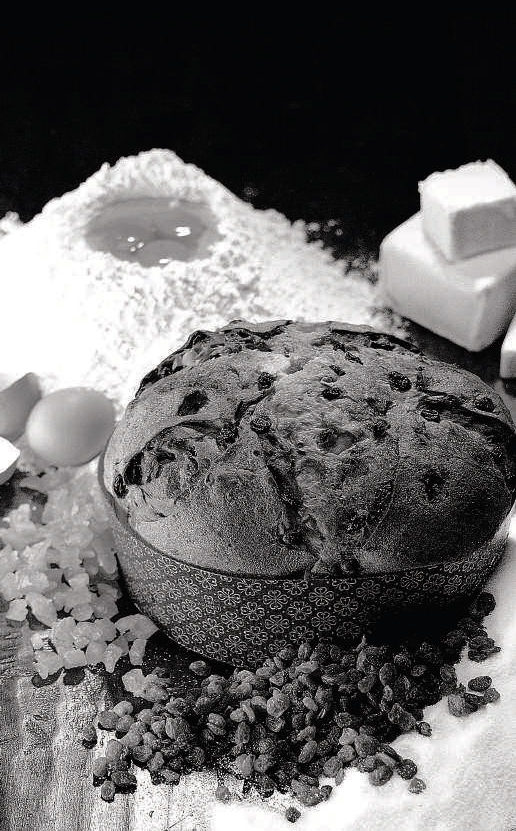
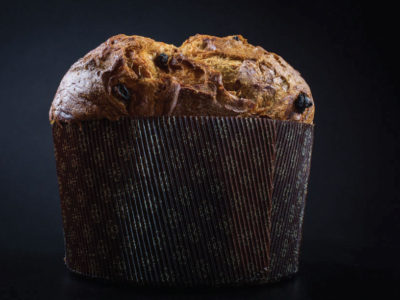
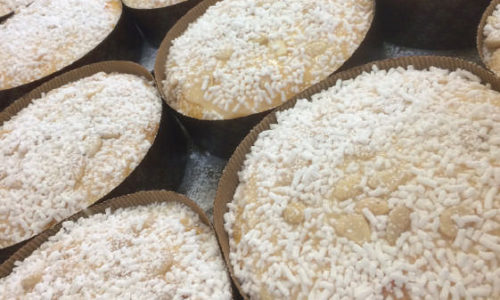
Which came first?
There’s no doubt. Panettone came before pandoro.
The golden bread (pan d’oro), later called pandoro, was born in 1884 in Verona.
The first to offer it to Italians was Domenico Melegatti who filed the patent with the Ministry of Agriculture and Commerce of the Kingdom of Italy, presenting it as a Christmas cake.
He called it pan d’oro in memory of the Venetian tradition of embellishing loaves with golden leaves.
It was probably based on Nadalin, a traditional star-shaped Venetian dessert.
Or perhaps to an ancient tradition: in Verona, on Christmas Eve many women gathered to knead Levà, a sweet leavened cake covered with sugar and almonds.
Melegatti eliminated the covering to avoid problems during rising and added eggs and butter to make the dough soft.
While the recipe of the dessert was his work, for the shape we must go back to the painter Angelo Dall’Oca Bianca who designed the eight-pointed truncated pyramid mould.
As with many traditional Italian sweets, there is another version of its origin story which proffers that it was the result of a reworking of the Vienna bread recipe, similar to brioche. Whatever its origin, it was surely an immediate success, so much so that the challenge of the thousand lire was launched by Domenico Melegatti himself.
Anyone who was able to write the recipe correctly would win a sum that at the time was a real treasure.
For the record, nobody won it!
Recent Blog Posts
 Medac and AIFA: Hip hip hooray for Charles!
Medac and AIFA: Hip hip hooray for Charles!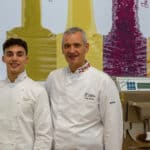 Sigep 2024 - Carpigiani’s special events with a look at the “green” future of Gelato and pastry
Sigep 2024 - Carpigiani’s special events with a look at the “green” future of Gelato and pastry Maurizio Manzi, as Ambassador for AIG, at the Melbourne Italian Festa
Maurizio Manzi, as Ambassador for AIG, at the Melbourne Italian Festa Medac awarded with the EcoVadis gold medal
Medac awarded with the EcoVadis gold medal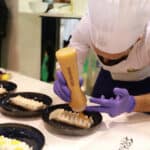 MIG Longarone and SIRHA Budapest: a new dynamic space for italian gelato
MIG Longarone and SIRHA Budapest: a new dynamic space for italian gelato Medac supports Alice Italian Food Academy
Medac supports Alice Italian Food Academy The Gelatissimo 2024 online ticket office is officially open.
The Gelatissimo 2024 online ticket office is officially open. Casa Optima Group looks for two exclusive agents
Casa Optima Group looks for two exclusive agents Gelatissimo 2024: here the first information
Gelatissimo 2024: here the first information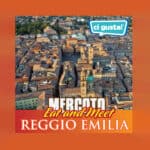 Ci Gusta opens a new store into the “Il Mercato Eat&Meet” in Reggio Emilia
Ci Gusta opens a new store into the “Il Mercato Eat&Meet” in Reggio Emilia

